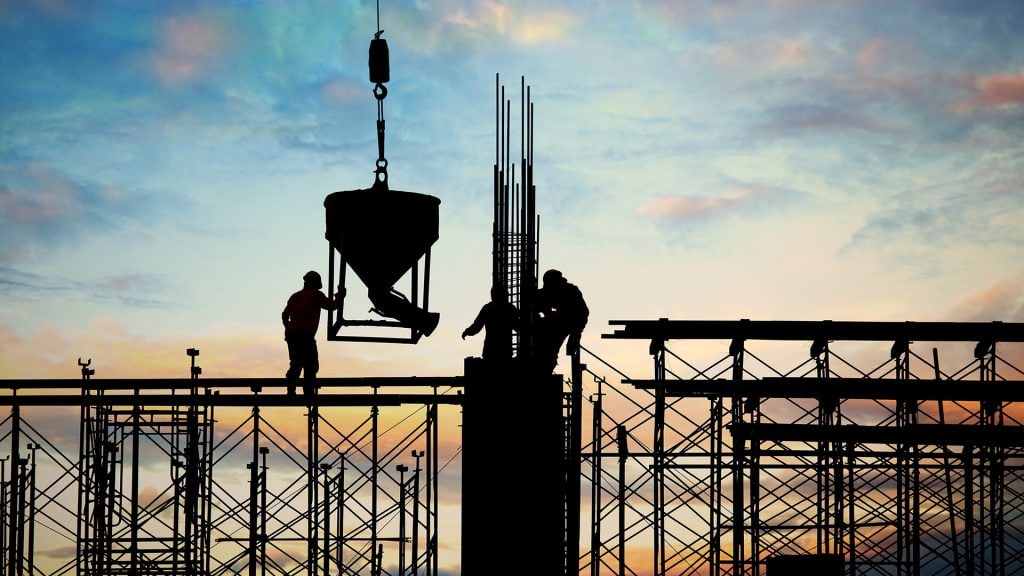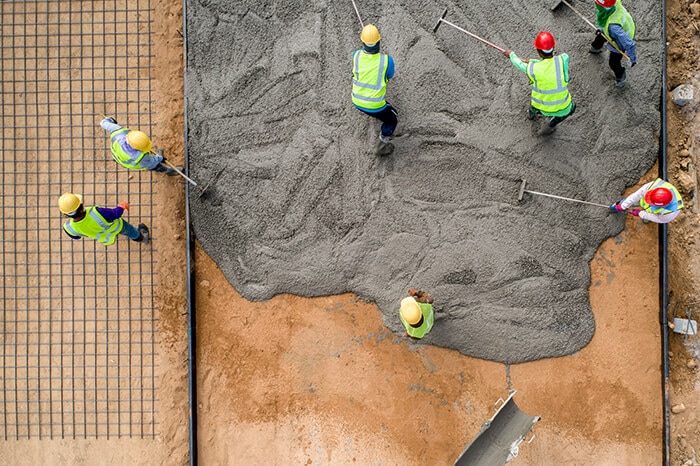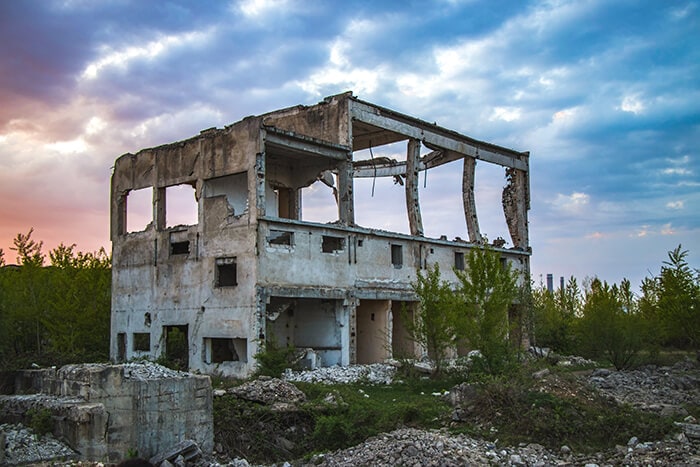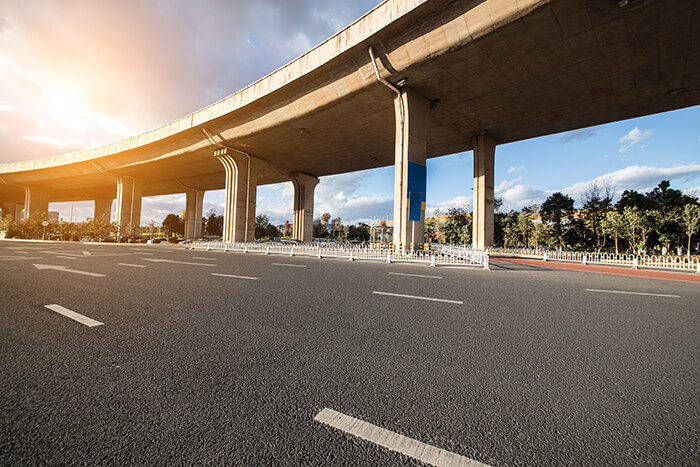
The future of construction
In the U.S. alone, the construction industry creates around $1.3 trillion worth of structures every year, and employs around 7 million people. We spend much of our lives surrounded by the fruits of this labor, usually without thinking about what it takes to produce, and without a real awareness of how much we rely on those structures to be safe. We rarely enter buildings worrying that they are going to collapse, for example, or drive across a bridge fearful that it will crumble beneath our tires. That safety and public trust is important to maintain, and as the numbers of structures increase every year, that means regular inspection of more and more structures every year.
Concrete basics
A large number of the structures build rely upon concrete either in part or for the vast majority of their construction. Concrete, and especially reinforced concrete are very durable materials, but despite that durability even concrete is not permanent or perfect. The durability of any one concrete structure can vary greatly depending on a variety of factors. Concrete itself isn’t one single material, like a cake, it can be made with a number of different ingredients in different proportions, and the temperature and conditions under which the concrete cures.

For the most part, concrete is created from a mixture of cement, sand, gravel, and water. In some situations, other things can be added that may change the final properties of the concrete, for example, to make it cure faster. Most concrete will set in 24 hours, with final cured strength being set at 28 days. Once that 28 day mark is passed, concrete will last for many years. Like any building material however, the durability is affected by environmental conditions, placement of reinforcement rebar, stress the structure undergoes and more. Because many of those factors aren’t fully predictable, concrete structures should undergo regular inspection.
These inspections are designed to identify the current condition of the structure, estimate the extent, cause and type of deterioration as well as whether that deterioration is active or not. An inspection (usually performed by an engineer or other expert) should also identify how long until the structure must undergo repair or replacement, as well as evaluating what form that repair or replacement should take.
The inspections
A preliminary inspection involves gathering relevant materials upon the construction, of the structure, things like the date of construction, relevant plans and records as well as test reports. Once this information has been processed, an inspection looks at whether a structure is safe to use or not, especially recording physical damage or deterioration, displacement or misalignment of elements, foundation settlement, joint movement, staining and dampness as well as any other environment effects that can be measured or evaluated. Since these inspections must happen regularly, this can be cost prohibitive over time.

A depth based solution
In this paper, the authors propose using Intel RealSense D435 depth cameras to create an alternative to manual visual inspection. The cameras were mounted on a robot, allowing for inspection not only of areas that were already accessible to a human engineer, but also allowing for inspection of inaccessible areas such as crawl spaces or other spaces difficult for a person to access safely.
Some of the advantages of using the depth camera in this use case are clear. One robot can scan many structures repeatedly, 24 hours a day. Since the depth camera can accurately measure dimensions, it can be used to scan the sides of a concrete beam and record the data in x, y and z dimensions, for example, mapping the extent of a crumbled area of concrete. This can be done as many times as required to evaluate the status and deterioration of the concrete over time, draw attention to problem areas over a certain size threshold, or even use the RGB camera to record areas of staining or discoloration. While this is not a full replacement for an inspection by an engineer, the robot can maximize the results the structural engineer can achieve with their time.
By using the robot, an engineer avoids the necessity of traveling to many different sites until certain thresholds are reached. For example, a problem area can be regularly monitored to see if the deterioration is ongoing and requires an evaluation for safety, without the engineer needing to visually inspect the site in the early stages. In the paper linked above, the authors from North Carolina A&T State University also created a system to allow the data from the Intel RealSense depth camera to be transferred using a MATLAB toolbox to create a mesh plot of the data. One engineer with a number of robots can then perform many more inspections from their desk, looking at the dimensions of problem areas on a 3D model.

Conclusion
This methodology will not only make evaluations cheaper and more effective, but by maximizing the number of structures inspected, safety measures can be taken sooner when necessary, saving money when compared with the need to repair a more damaged structure later. In the US alone, there are 600,000 bridges that are legally required to be inspected and evaluated regularly – approximately 83% of bridges are inspected once every 24 months, 12% inspected annually, with the remaining 5% being inspected once every 4 years. Imagine if it were possible to economically inspect all of those bridges annually, allowing for rapid repairs as soon as problems occur. With robots powered by Intel RealSense depth technologies, it could be.
Subscribe here to get blog and news updates.
You may also be interested in
“Intel RealSense acts as the eyes of the system, feeding real-world data to the AI brain that powers the MR
In a three-dimensional world, we still spend much of our time creating and consuming two-dimensional content. Most of the screens
